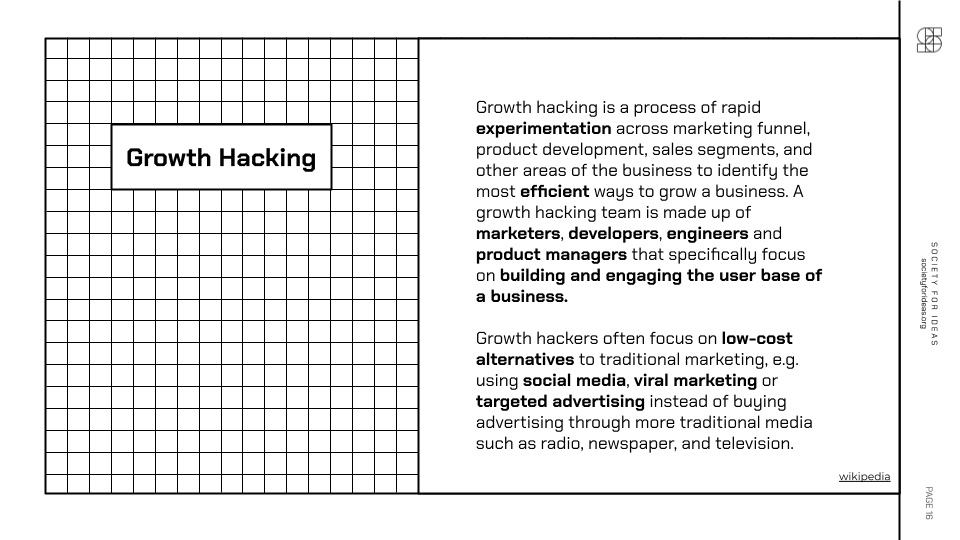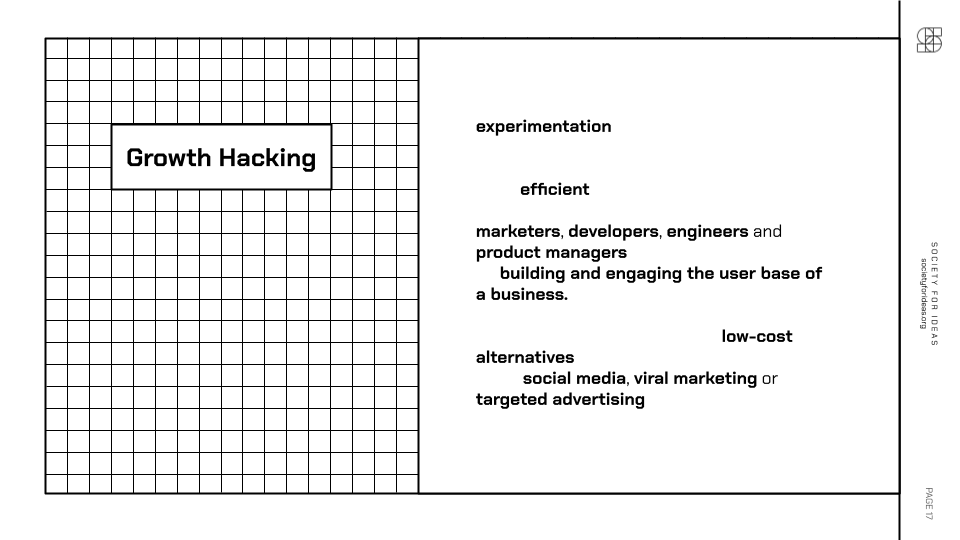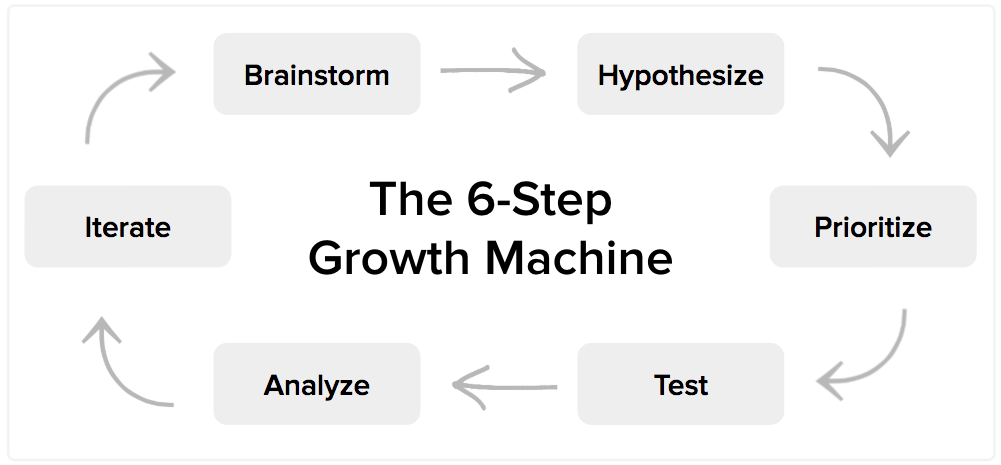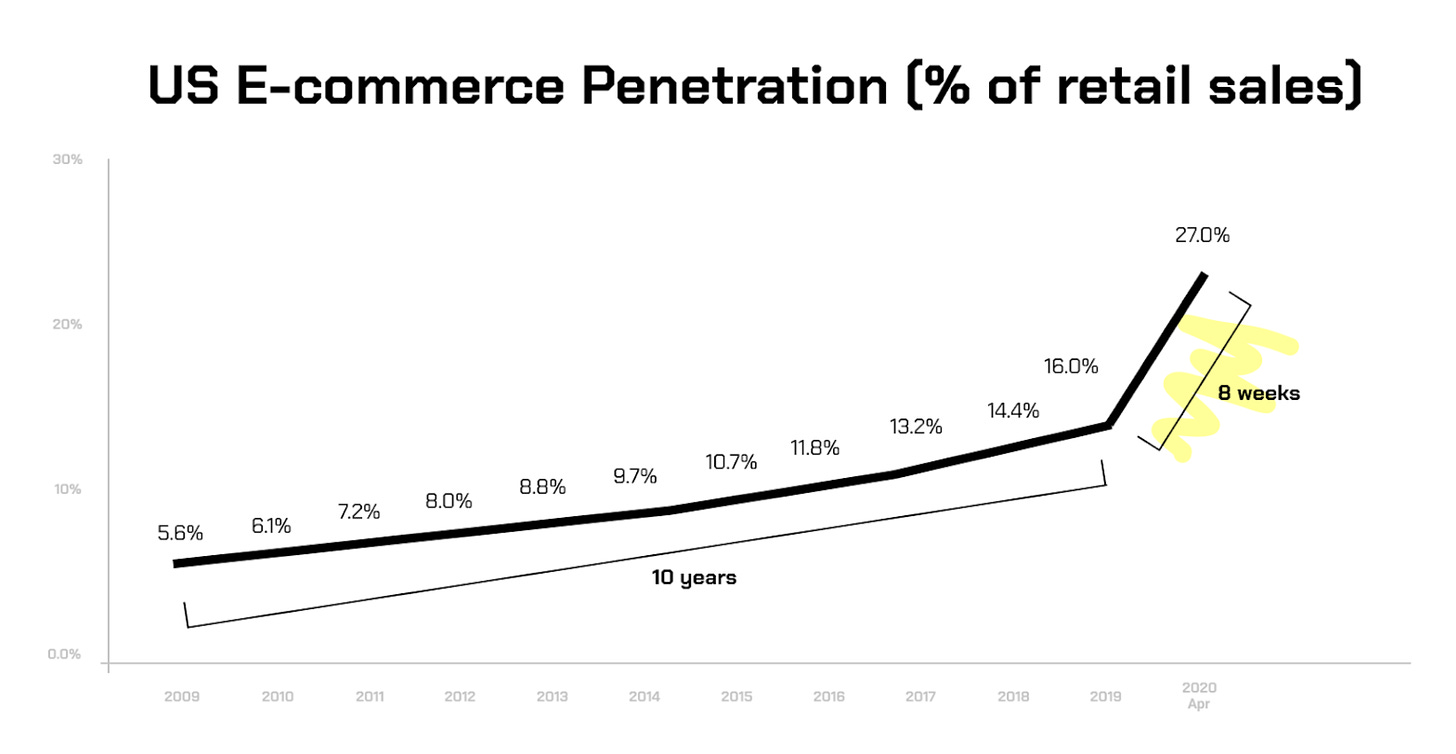Twice a year, I have the privilege of going to my local university, donning my trendiest jeans (or so I think), and teaching college juniors and seniors about the way we do marketing in tech.
The course I teach is called Growth Hacking.
It is part of a degree program called Digital Innovation and Design, and it sits alongside other courses like Emerging Technology, Creative Concepting, and Agile Design. How cool would it have been to have these courses when we were in school?!
My course is basically an introduction to digital marketing, in particular the way we do digital marketing in the startup scene. I probably shouldn’t even be calling it growth hacking anymore — that term seems to be going the way of the dinosaur. ????
Regardless, it’s often the first time that many of my students are hearing about the wonderful world of marketing in tech. The reason I teach is to give back for all the time and effort that others have spent teaching me and, if I’m lucky, to expand people’s horizons with what’s possible for a career. I also get a teacher’s discount at the bookstore. :)
I thought I’d share with you all how I present growth hacking to my students. You can get a taste for the first five minutes of Growth Hacking, Day One. This also happens to be the way I describe marketing to my teammates at Oyster, to folks I advise, and to folks I connect with.
First things first … what is marketing?
Marketing is connecting a company with its customers.
Simple as that. I’ll often pull up a cringey stock photo as an example of marketing’s stereotype — high fives, business casual, charts and graphs — and I’ll contrast it with the cool, experimental, dynamic work of some hip brand like Spotify.

I’ll even ask the class for their favorite brands, and we’ll spend a minute talking through how the students first discovered these brands, how they interact with them, and the types of purchases they make.
The not-so-hidden secret, of course, is that growth hacking (digital marketing) is the cause for all these interactions.
Three-body marketing
Within the broad definition of “Marketing is connecting a company with its customers,” I further divide marketing into three houses (sometimes I insert a Harry Potter Hogwarts joke here.)
- Brand marketing
- Product marketing
- and Growth marketing
Brand marketing tells the story of who you are. This includes your brand strategy, your mission and vision and values, and the visual identity of your company (things like logos and color palette and style). Brand marketing is measured by how much mindshare and market share you can win. When you think of cool sneakers, which companies come to mind? That’s brand marketing.
Product marketing is all about what you sell. It’s the way you talk about your product with your potential buyers, the name and category and description of what you’re selling. It’s the price you set, and the way you package it — sometimes with literal packaging and other times, like in the case of software, how you combine different features together. You measure product marketing through numbers like feature adoption or product usage or win rate.
And growth marketing is how you sell it.
In some businesses, growth marketing may go by a different name: demand gen or performance marketing or user acquisition or Growth (with a capital G). Whatever you call it, growth marketing tends to be the marketing arm most closely tied to revenue goals and outcomes … and all the different ways you can achieve them.

What makes for good growth hacking
Here, I am most ashamed to admit, I pull the boilerplate growth hacking definition from Wikipedia. ???? BUT! I use it as an illustration to highlight the elements that are core to any good growth hacking mentality.


These values are:
- Experimentation
- Efficiency
- Anyone can think like a growth hacker: marketers, developers, engineers, product managers
- It touches the whole user base, not just acquisition
- Low-cost alternatives
- Examples: social media, viral marketing, targeted advertising
We end up talking through a whole lot more examples in the first week, many of which come from this visual of the marketing landscape.
I finish out this section by grounding the concepts in this growth flywheel.

The class gets a chance to put this growth machine into practice each week as they build a fictional company of their own, complete with website, social posts, search ads, and more.
Why is growth hacking important?
I certainly don’t need much convincing on this point. But sometimes the students do. Covid gave me a pretty easy hand to play when it comes to underscoring the importance of digital marketing. I show a slide about how e-commerce penetration has grown over the past 10 years at the same rate that it grew in the first eight weeks of Covid.

This tends to get my point across pretty well: businesses need a solid digital marketing foundation to be able to survive.
Now, fast-forward two years from Covid’s early days, and Shopify recently showed a chart just like mine except with a few months more data. It’s obviously no longer as up-and-to-the-right anymore, for Shopify and for many other tech companies. Guess I’ll be needing a new visual.
